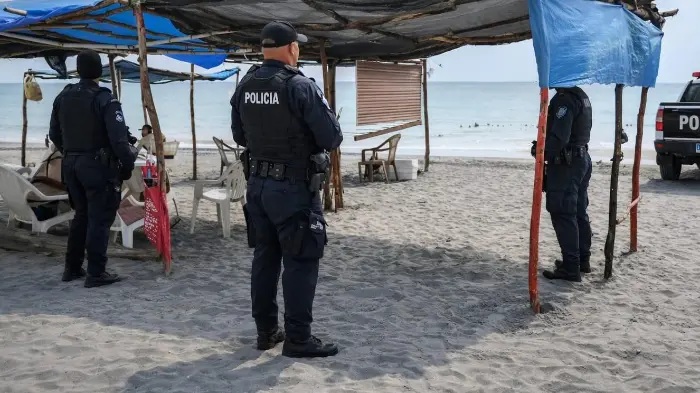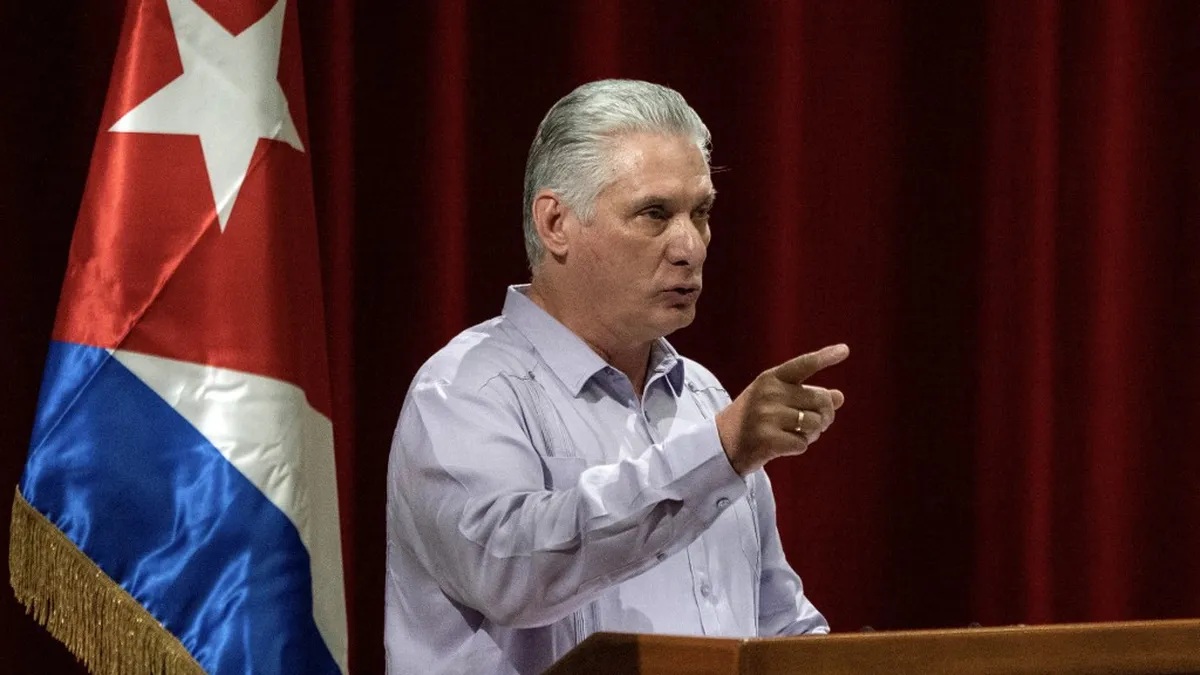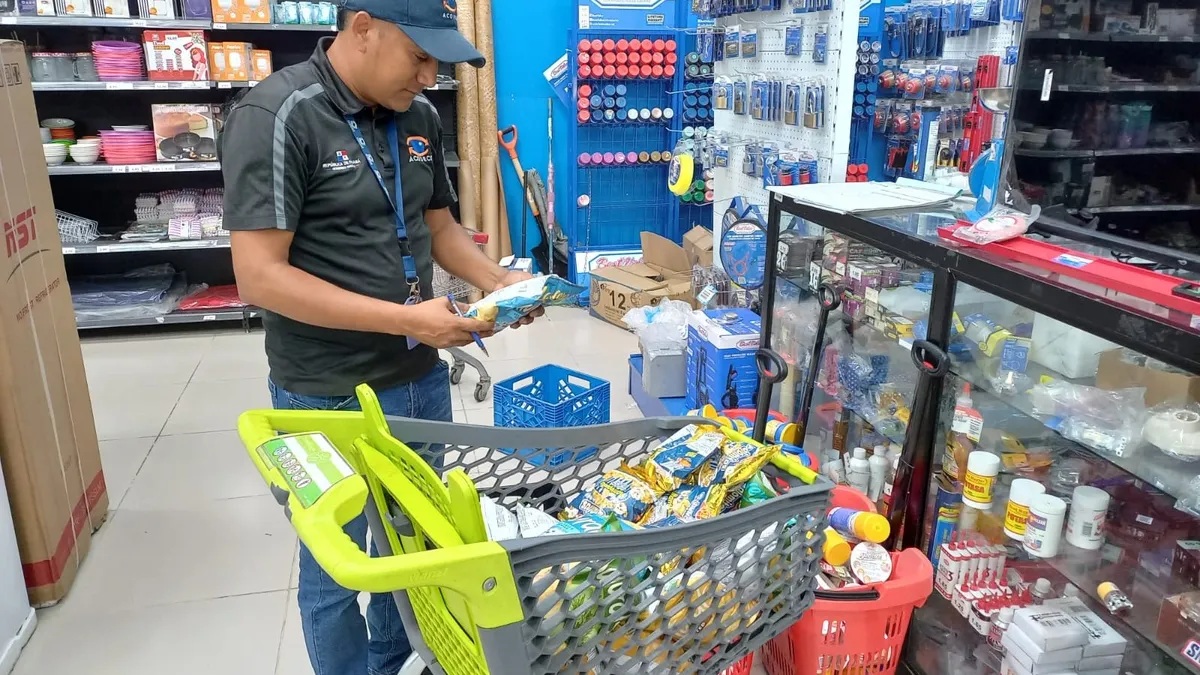Metro “pompous investment” a bad choice US think tank

WHILE RULING politicians are planning a major pre-election fanfare for the opening of the first line of the Panama Metro subway, the internationally respected, Cato Institute says that it is a bad investment for the country.

"Politicians love to support pompous big investment projects, especially if they can get someone to pay. That allows them to enjoy glory when projects mean business. ( … ) The Government has chosen to build a low-capacity system whose cost cannot justify its use." Says the report’s author.
The renowned Washington DC based think tank bases the 19-page report only on the construction of the 13.7 kilometer first stage which cost at least $1.8 billion.
The analysis does not include the extension of the line with a cost projection of $2.091 billion.
The study involving 41 sources, focuses on the appropriate feasibility of the system as the best to transport thousands of Panamanians who have been waiting for years to a solution to the city’s transportation problems.
It says that special bus routes and viaducts would have been a better alternative,
Cato notes that "the operating costs of the first line appear to be much greater than what will be collected from fares,
To date the authorities have kept the potential fares under wraps along with the anticipated cost of tax funded subsidies to keep the system running.
To justify the investment, it would have to charge at least $3.60 for each passenger based on the best scenario and up to $15 on the worst.
If the cost was amortized for 30 years at a rate of 7 % interest, the first line would cost 150 million per year, says O’Toole, which when compared to the prices of rail systems in cities such as Santo Domingo, San Juan and even several U.S. cities. Panama is much more expensive for a smaller return.
It also discusses the limited capacity of the trains. The government has said they will carry 15,000 people an hour in both directions.
But, according to Randal O’Toole, the study’s author, the low capacity train system will not be able to move more than about 6 400 people an hour.
The government figures would have people packed wall to wall and unable to move.
In comparison, the buses can carry more than 10 000 people and double-deckers at least 17,000. ??
MAINTENANCE
Structures, signals , electrical installations are some of the important parts of the system are designed with an estimated life of 30 years , while the wagons, only 25 years. “Transport Agencies typically do not consider those costs," said O’Toole, who estimated that subsequent expenditure would be in the order of billions of dollars in about three decades.
The money would have been better spent on elevated viaducts for the exclusive use of double-decker buses, said the American public policy analyst.
The author divides the issue into two groups: winners and losers.
In the first group are companies that design and build the subway, home owners stores and businesses close to stations. The second group includes taxpayers store owners and businesses not near the system
RANDAL O'TOOLE is an economist who has worked on urban development and transportation issues. He is the author of books related to topics of national park management, planning and transport.





